How Can Amazon Advertising Catapult Your Organic Ranking on SERP?
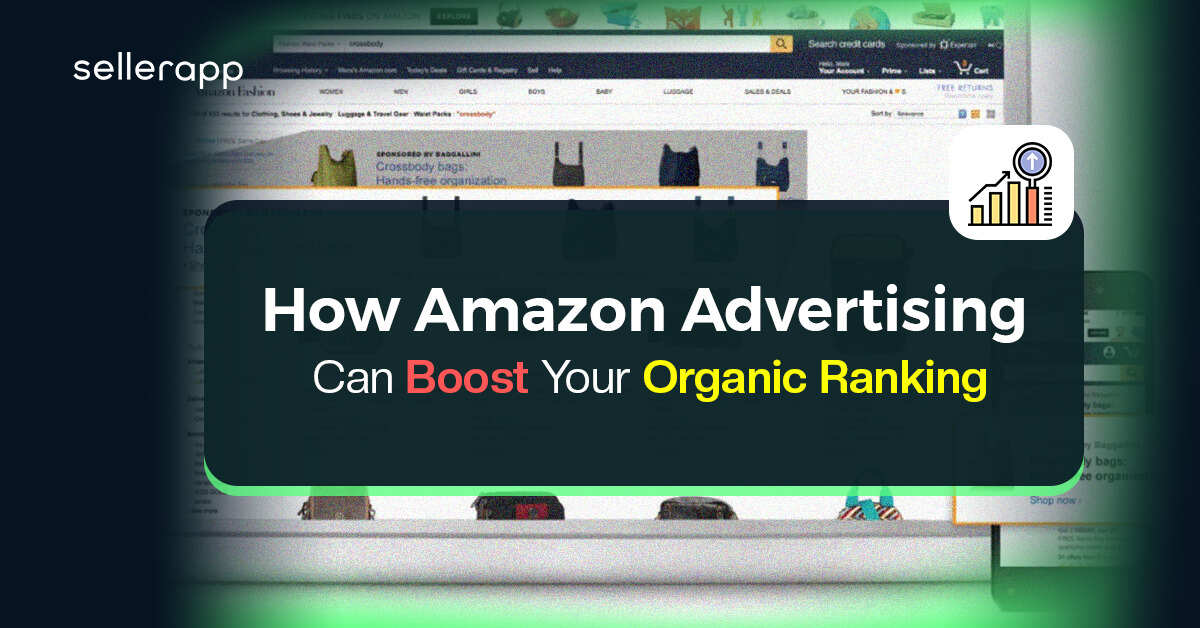
The ultimate goal for any Amazon seller is to bring their product to the top of the search page for Amazon organically.
But unfortunately, that dream doesn’t come true for everyone.
Instead, Amazon sellers have to rely on Sponsored Ads to bring traffic to their listings.
But does that mean your listings will never rank organically on the top of the search results?
Is the money you invest in advertising campaigns, hoping for a boost in organic ranking from the advertising flywheel, worth it?
In this blog, you will learn how Amazon ad spending affects organic ranking on Amazon and how you can use it to your advantage.
Let’s jump into it!
A quick peek into the article:
- Understand the Difference Between Ad Sales and Organic Sales
- Paid or Organic Sales – Which is The Better Option For You?
- How Do Sponsored Ads Help Improve Organic Ranking?
- Strategies to Drive Organic Growth with Sponsored Ads
- Final Thoughts
Understand the Difference Between Ad Sales and Organic Sales
Amazon offers different types of ads, such as Sponsored Products, Sponsored Brands, Sponsored Displays, and more, to promote your products to potential customers on Amazon.
You pay a fee to Amazon every time someone clicks on your ad.
On the contrary, organic sales usually result from your natural ranking on Amazon’s search results pages.
Amazon’s A9 algorithm ranks your product on the organic search results based on multiple factors, including sales velocity, keyword optimization, BSR rank, reviews, ratings, and more.
Here, you do not pay any advertising fees to Amazon for organic sales, but you need to optimize your product listings to rank at the top of the search results.
There are multiple strategies you can implement to improve your organic ranking, such as keyword research, product titles and descriptions optimization, A+ content, getting more reviews and ratings, opting for Amazon FBA, and more.
The primary difference between Amazon ad sales and organic sales is that ad sales are more immediate and controllable, while organic sales are more long-term and sustainable.
Ad sales can help you boost your visibility, generate more traffic, and increase your sales quickly, but they also require constant investment and monitoring.
Organic sales can help you build your brand reputation, increase your share of voice, establish customer loyalty, and reduce your costs in the long run, but they require a lot of effort and patience.
Paid or Organic Sales – Which is The Better Option For You?
This is not the right question to ask in the first place.
You shouldn’t think organic and paid sales are rivals to each other – instead, understand that they are complementary sales avenues.
Brands that combine paid advertising with organic ranking see the maximum traffic and conversion boosts.
Think of organic and paid search as a dynamic duo that can enhance each other’s results. It’s like Batman and Robin. They may have different skills and personalities, but they work better as a team than alone.
How Do Sponsored Ads Help Improve Organic Ranking?
Amazon A9 Algorithm takes multiple signals like the number of clicks, CVR, sales velocity through targeted ads, verified reviews, and other parameters to boost the organic ranking of a product.
However, driving clicks and sales organically is quite difficult – especially if you’re a new brand or launching a new product on the marketplace.
You can, of course, wait for your products to gather sales and customer reviews to improve search ranking slowly. But, if it happens at all, it could take years.
First of all, it’s not easy to get organic sales if you’re ranked on the 20th page of the search results.
70% of shoppers never scroll through the first page of Amazon SERP, and the top three products, on average, account for 64% of all clicks!
So, your best bet is to run advertising campaigns to get your products on top of the search placement on Amazon SERP and generate sales.
Strategies to Drive Organic Growth with Sponsored Ads
Now that you understand why Sponsored Ads are important to drive organic growth, here are a few strategies to drive organic growth with Sponsored Ads:
Identify High Growth Keyword Opportunities
Do keyword and competitor research, and identify high-volume category keywords that your product doesn’t currently rank for.
You can use the SellerApp Keyword Research and reverse ASIN tool to find these high-volume keywords easily.
Once you identify the high-volume keywords, bid on these keywords aggressively to boost conversion.
Your product’s search ranking will improve once the sales start pouring in, signalling Amazon’s A9 algorithm about the relevance of the product.
Choose Your Organic Growth Success Metrics
While bidding high on the high-volume keyword, simultaneously identify metrics that will give you a full picture of your advertising impact on your total revenue and organic growth.
Here are a few metrics you can track:
Organic Rank:
It shows how well your product ranks organically on Amazon SERP on a given keyword. You should track if the organic rank of your product improves over time with paid advertising.
You can easily track the organic ranking of your keywords using the SellerApp Product Intelligence Tool.
Sponsored Rank:
It shows where your Sponsored Product Ads rank on the search results. If the ranking dips to the rest of the search, then increase bids to get it to the top of the search placement.
Organic Sales:
This shows how much revenue you generate from organic purchases of your product. You want to see your organic sales grow as your organic rank improves.
Share of Voice:
This shows how much of the total impressions for a given keyword are captured by your product. The more share of voice you have, the better your chances of getting organic sales.
Top of Search Share of Voice:
This shows how much of the total impressions at the top of the search results page for a given keyword are captured by your product. Since the top of the search gets 80% of the clicks, you want to see the share of voice at the top of the search placement grow on Amazon.
Total ACOS (PPC + Organic sales):
This shows how much you spend on advertising as a percentage of your total revenue (PPC + Organic sales). You want to see your total ACOS decrease as you optimize your advertising efficiency and increase your organic sales.
BSR:
It shows how your product sells on Amazon compared to other products listed in the same category. Sales velocity plays a significant role in improving the BSR rate and, in turn, the organic ranking.
Brand Keyword Search Volume:
This shows how many customers are searching for your brand name on Amazon. You can go to Brand Analytics on your Seller Central dashboard to get this information. It indicates your brand awareness and loyalty among customers.
External Traffic:
This shows how many customers are coming to your product page from external sources, such as social media, blogs, or off-Amazon advertising campaigns.
Thankfully, Amazon provides a free advertising tool, Amazon Attribution, that enables you to measure the effectiveness of your external marketing campaigns and make data-driven decisions.
More info: Amazon Advertising Partner Network
Run Time-specific Advertising Experiments
Experimentation is key to identifying new growth opportunities for your business – especially when it comes to organic ranking.
Since Amazon advertising has multiple variables, with controlled time-specific advertising experiences, you can isolate these variables and understand the impact of different tactics on your sales performance and organic ranking.
Let’s discuss a few experiments you can do with your advertising campaigns.
Increase Daily Budget
Set an experiment period, and increase your daily budget for high-performing keywords for that period.
It puts you at the top of search engine results for all these high-value keywords, improving visibility and sales.
A sudden rise in sales velocity also positively influences organic ranking.
We’ve done a similar experiment with one of our clients.
They have scaled their brand awareness mostly through Sponsored Brand ads. And 80% of their sales contributed from the brand keyword.
However, they needed to boost their organic ranking for high-performing keywords to maximize organic sales and improve their total ACoS,
We shortlisted 3 high-performing PPC keywords for their product listing, created a new campaign with it, and increased the daily budget from $30 / day to $100 / day.
Within 2 months, the product’s BSR went from 11,332 to 4,229 in the “Sports and Outdoors” category, and organic ranking jumped by 34%.
Implement Bid Multiplier for Top-of-Search Placement
Use Bid Multiplier to boost your bids for top-of-search placement and drive more traffic to your product detail page.
Since products at the top of the search results get more clicks and potential sales, this can have a self-reinforcing effect—higher sales from increased visibility further boost organic ranking, leading to more visibility and sales. This phenomenon is called Advertising Flywheel.
Increase Your Target ACoS
Another way to increase your organic ranking is by increasing your target ACoS. You can always check your ACOS with SellerApp’s free Amazon ACOS calculator.
By being willing to accept a higher ACoS temporarily, you can aggressively bid on relevant keywords for your products. It can lead to more clicks, conversions, and sales, feeding into improved organic search ranking.
This strategy is specifically better for products in the early stage of growth.
For one of our clients, we implemented a similar strategy and increased our target ACoS from 28% to 150%.
In just 3 months, we’ve seen an 87% increase in organic sales, and the Share of Voice has improved from 0% to 22%.
Moreover, you can increase your sales by running product-targeting ads on your competitors’ products and categories where you have an advantage over them, such as lower prices, higher ratings, or better reviews.
This way, you can divert their shoppers to your listing and generate more sales. It also improves your sales velocity and organic ranking.
Build Brand Awareness Through Brand Ads
The more popular your brand is, the more direct traffic you can get on Amazon.
Focus on improving your brand awareness so people can search on Amazon using your brand name and find your products organically.
Furthermore, brand loyalty also increases customer lifetime value and allows you to generate more revenue per customer.
Sponsored Brand ads are an excellent way to target relevant keywords and build your brand awareness. Additionally, if your product is in a competitive niche, you can run ads on your brand keywords to prevent competitors from hijacking ad space on them.
Learn more about Amazon-sponsored Brand ads from this guide
Drive Traffic From Off Amazon
Amazon is not the only platform to market your product. External channels like social media, Google Search, Email, etc., also drive traffic to your Amazon listing.
While Amazon doesn’t explicitly say that driving external traffic to your listing will increase organic ranking – it makes sense.
Driving external traffic to Amazon listing boosts conversion and improves sales velocity – which feeds into better organic ranking.
Here are a few ways to drive external traffic to your listing:
Social Media Advertising:
Run targeted advertisements on Instagram and Pinterest and redirect shoppers to your Amazon product listings. It exposes your product to new-to-brand customers and improves conversions.
Influencer Marketing:
Collaborate with micro and nano influencers to promote your product on their social media channels. Since small influencers have the highest engagement rate, they drive the most traffic to your brand store and product listings.
Organic Content Marketing:
Last, but not least, invest in educating your target audience with blogs or social media. Organic content marketing is a long game but gives the best ROI for your business down the line.
Enroll in Amazon’s Existing Programs
Amazon also runs its growth programs to help you drive targeted traffic to your product listings. A few of these growth programs are
Amazon Posts:
It allows you to create shoppable images and video posts on the bottom of the product listing page of related products.
If you’re brand registered you can use these Amazon Posts to reach more new-to-brand customers free of cost and increase your organic traffic.
Amazon Live:
Another great option is Amazon Live. It allows you to demonstrate your product and interact with customers in real time.
You can use the Amazon Live Creator app to broadcast your livestreams on the brand storefronts, Amazon home page, and other prominent placements on Amazon.
Note: You have to be Brand-registered on Amazon.
Amazon Influencer Program:
Lastly, utilize the Amazon influencer program. It’s an extension of the Amazon Associates program that allows influencers to create their storefronts on Amazon and earn commissions from product recommendations.
Reach out to these influencers and ask them to review your products. It can improve your reach and maximize organic sales.
Measure Organic Success And Iterate Based on Results
You can’t improve what you can’t measure.
So, it’s essential to track your organic growth success metrics.
The Total Advertising Cost of Sales (TACoS) is usually the primary metric used to determine the impact of Amazon advertising on organic ranking.
If the TACoS slowly reduces over time, it indicates that your organic sales are growing.
However, there are times when both our ACoS and TACoS can increase — for example, when your product is in the launch or growth stage, your ACoS can increase — because you don’t have any organic footprint on Amazon.
But as the product matures, TACoS should reduce.
Apart from TACoS, keep track of your product ranking for all your high-performing keywords.
If you see your product climbing up the organic ranking ladder, it indicates that your advertising campaigns are working.
Final Thoughts
Driving organic sales for products is the top aim for any seller out there.
Therefore, you need to know how Amazon advertising affects your organic ranking.
Different products and businesses will have different needs, and you need to plan carefully what to prioritize to grow your business.
We split the beans on some of the strategies that we used for our clients and achieved great results.
If you want to apply similar strategies to improve your organic ranking and overall revenue, SellerApp professional advertising experts can assist you.
We have already helped brands like Coca-Cola and Phillips develop organic growth strategies. And we can do the same for you!
Additional guide:
What is Amazon Product Localization?
How does AmazonBasics impact Amazon Seller?
Step-By-Step to Become an Amazon-Partnered Carrier



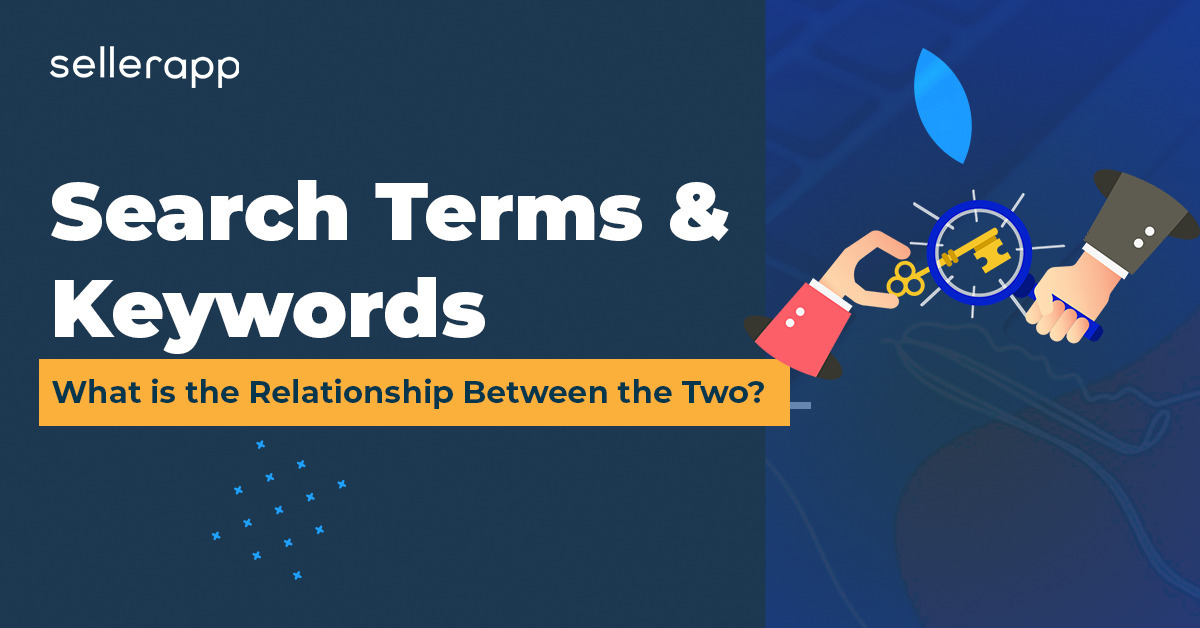
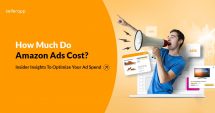
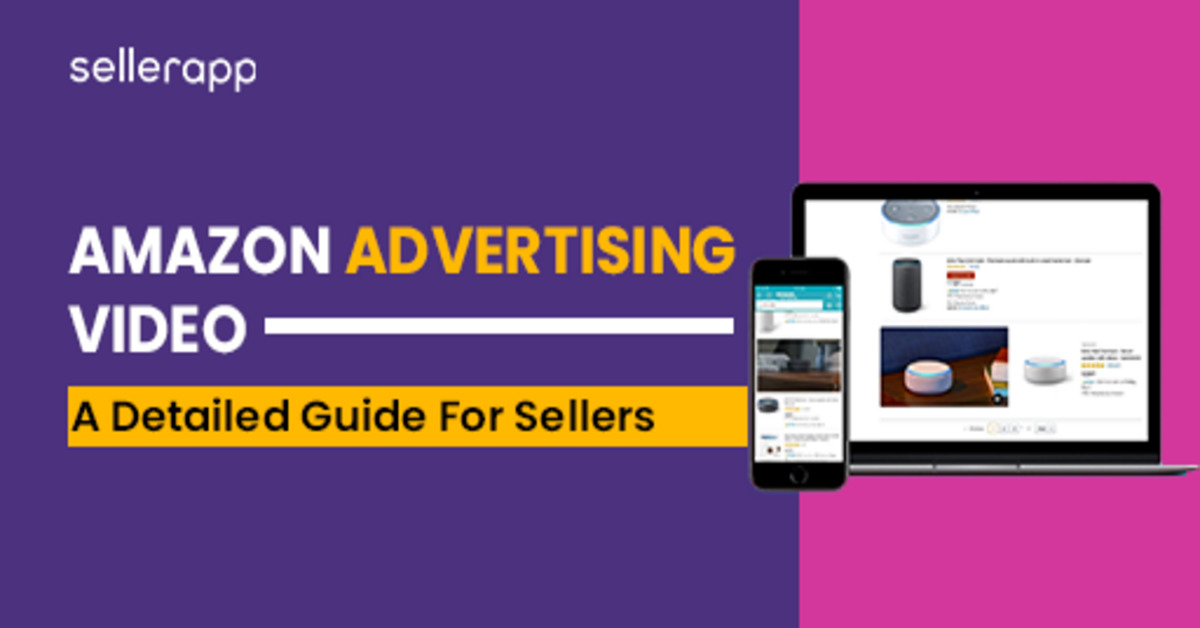
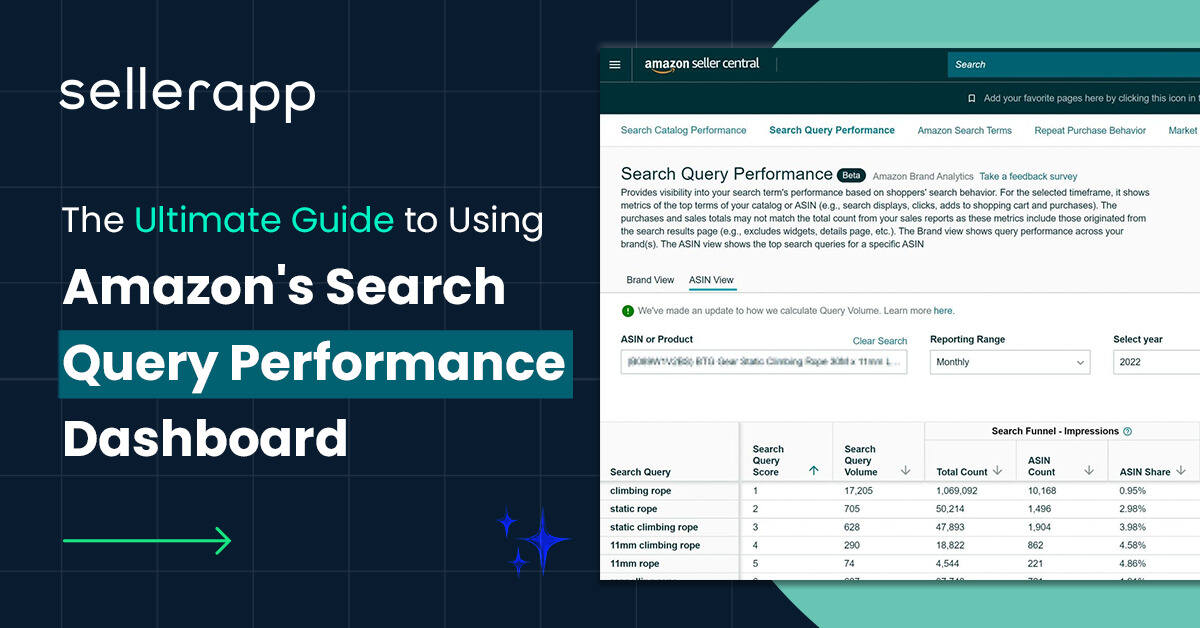
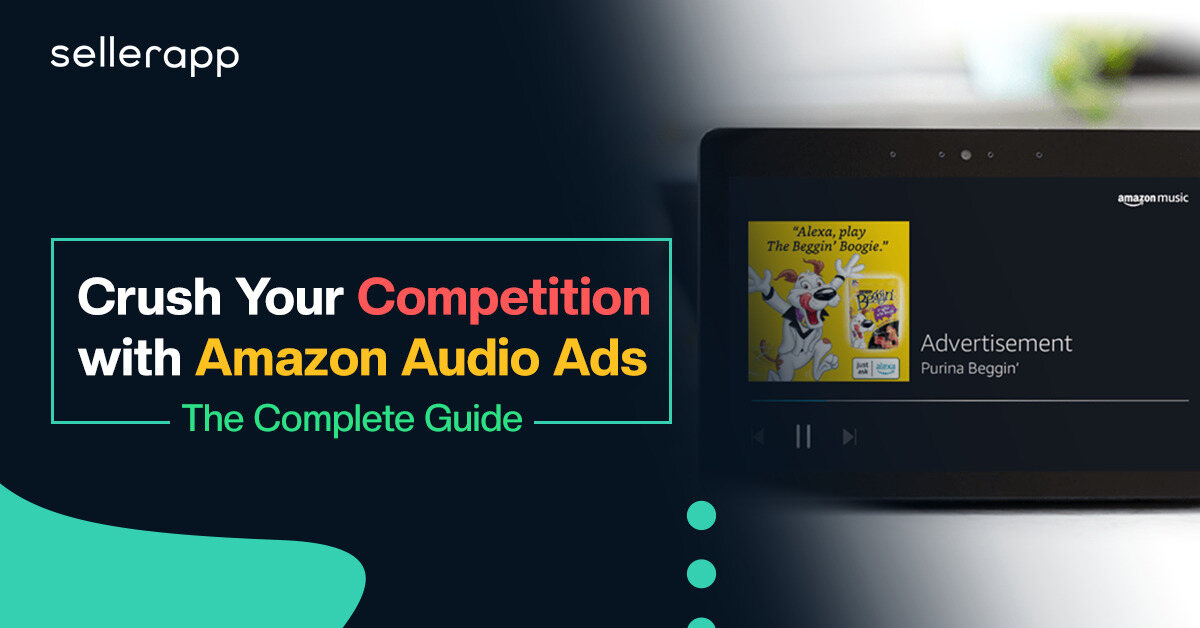

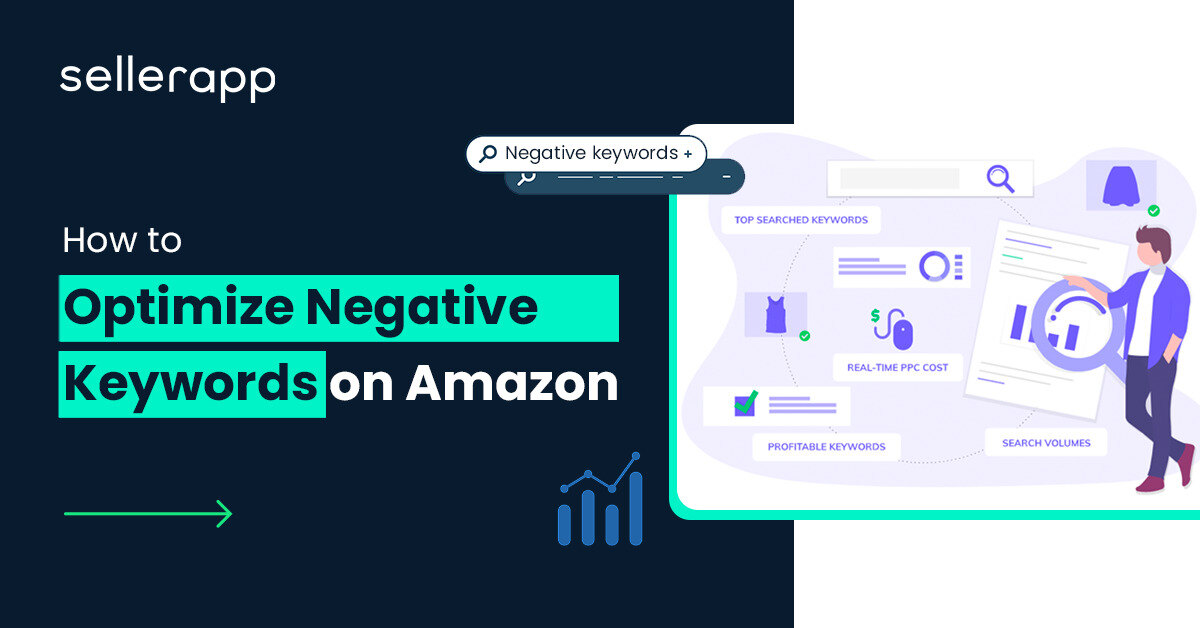
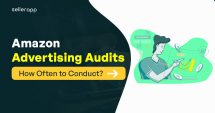
Harvey
December 19, 2023Knowledgeable data mentioned in the post!!
Clare Thomas
March 6, 2024Very happy to hear that.
Jorge
December 19, 2023I found nice information here. TQ
Clare Thomas
March 6, 2024Glad you liked the article.
CesarGek
December 20, 2023I like this blog!! It’s a masterpiece for amazon sellers!!
Clare Thomas
March 6, 2024Very happy to hear that.